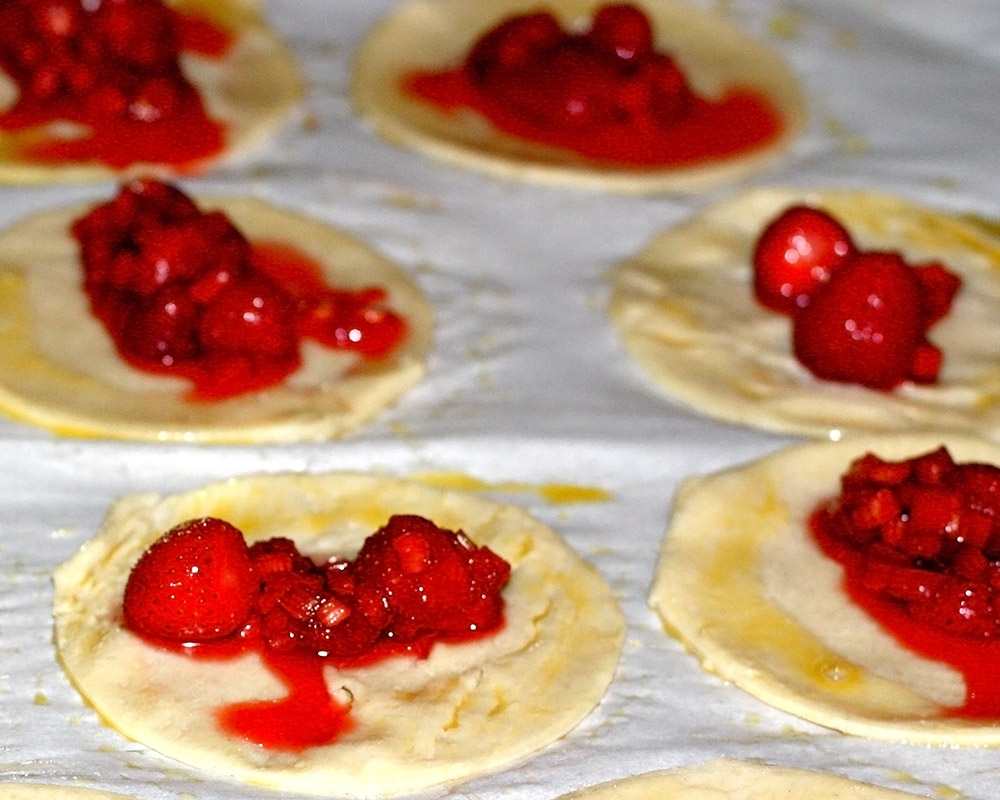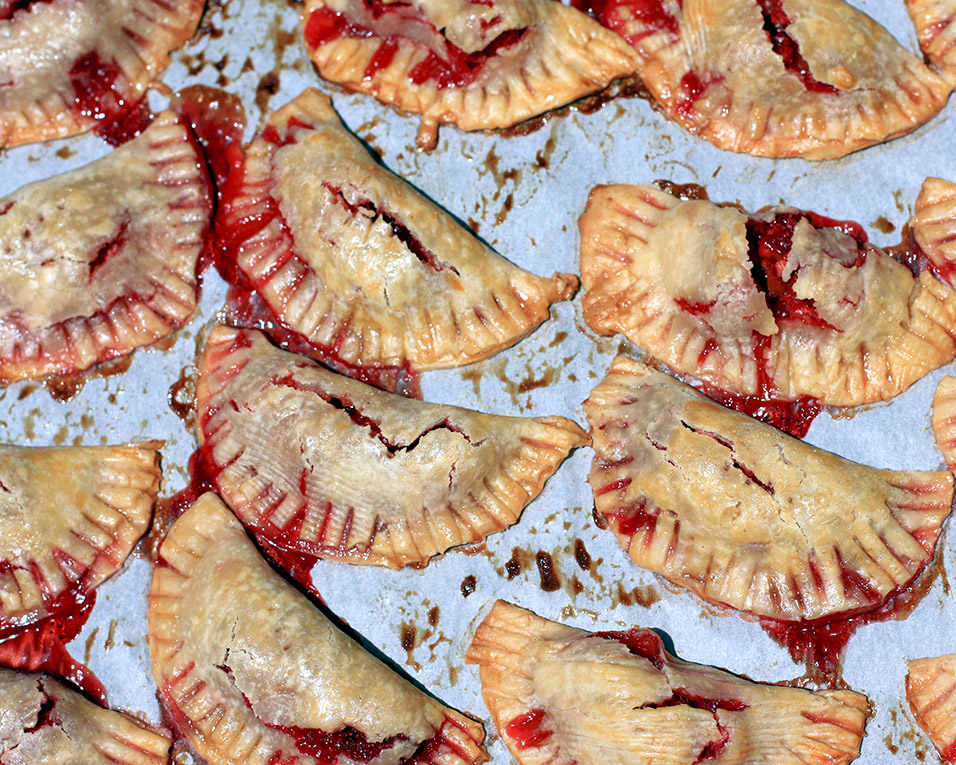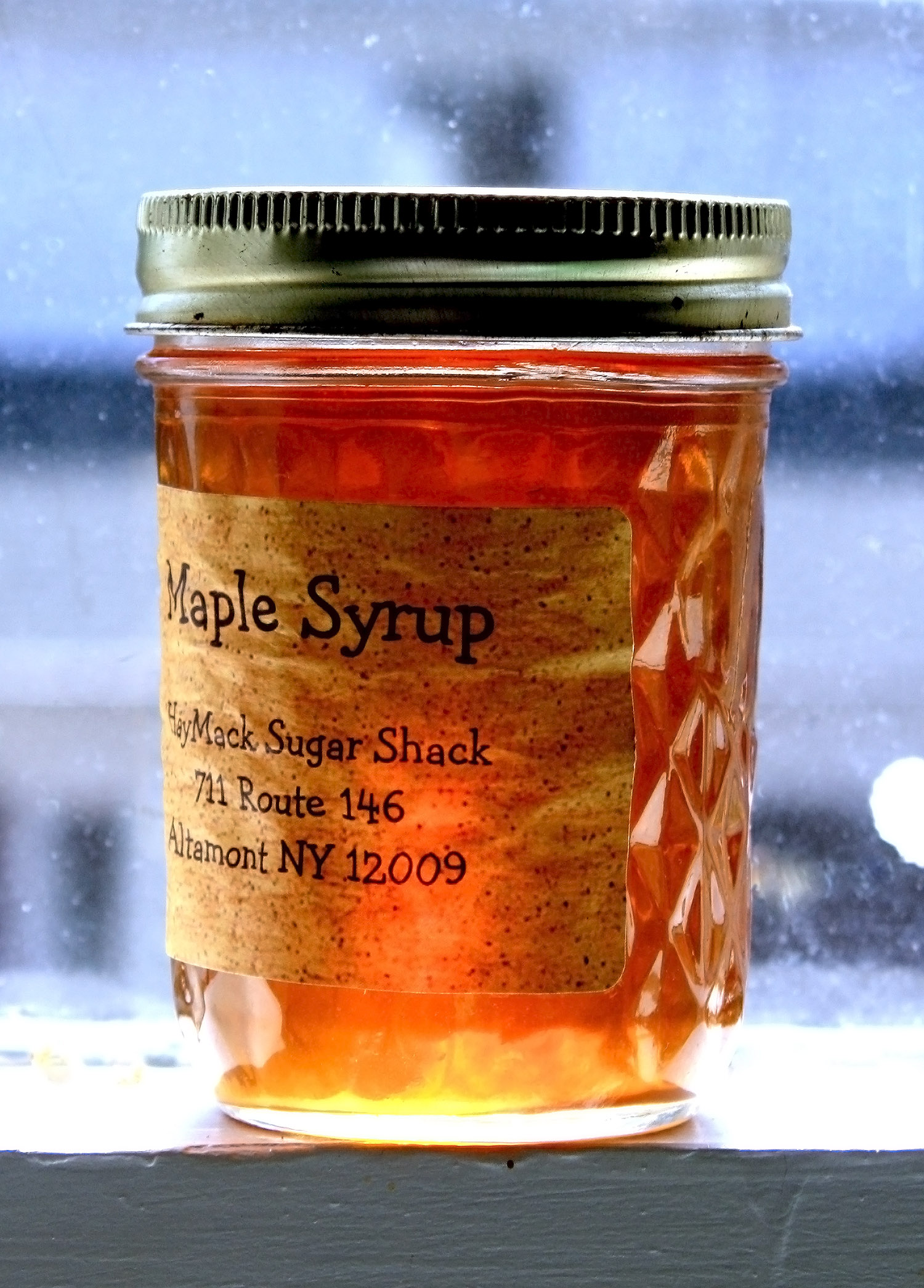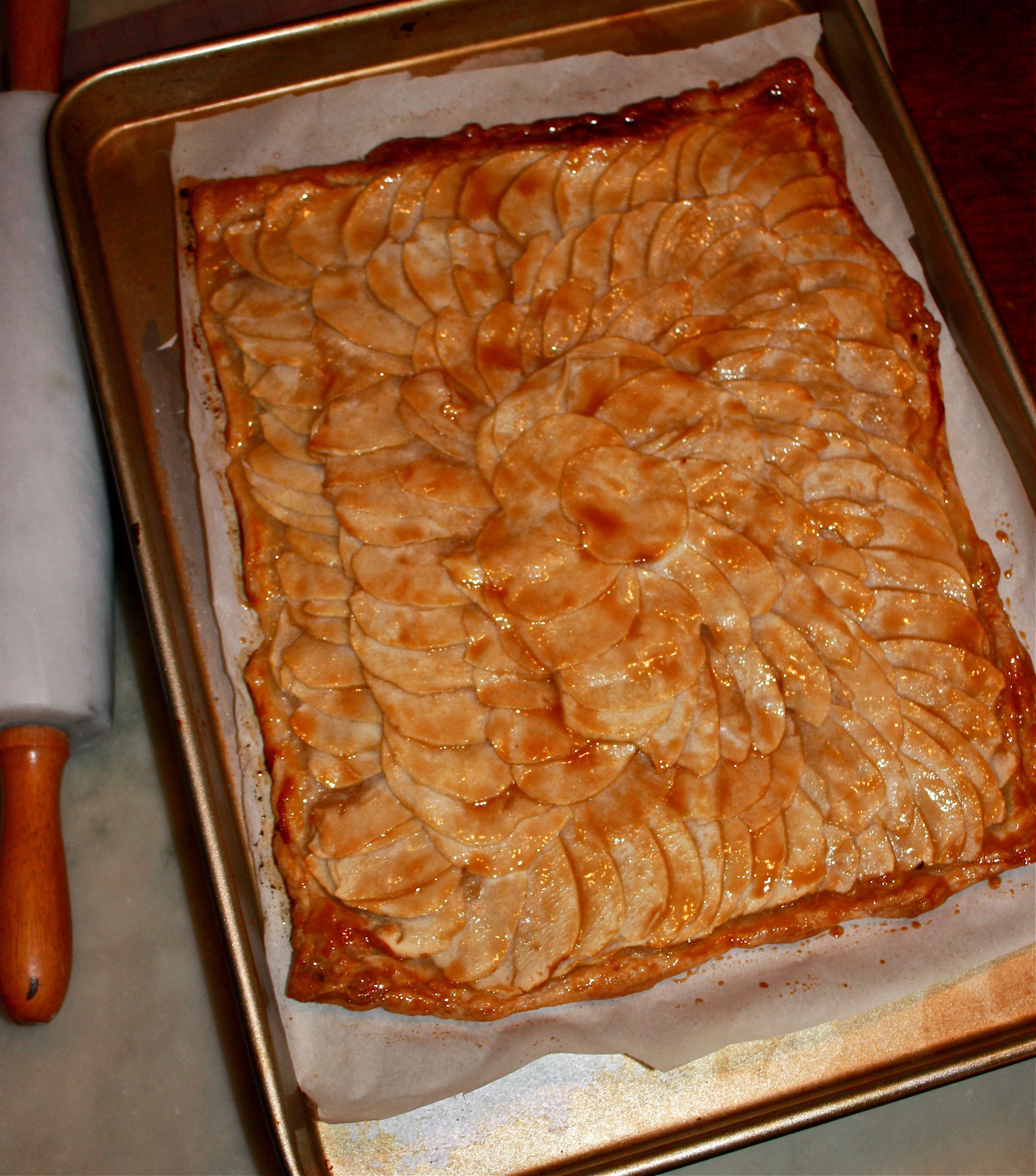Started in the 1990s, the farm stand carries Gade-grown fruits and vegetables along with other locally grown food – all labeled as to origin. Prices are typically better than supermarkets and the food is always peak freshness. You can also find Meadowbrook Dairy milk, bacon from Oscar’s Smokehouse, local eggs, meat, cheese, and sausages. My neighbor swears by their raspberry pie. And because they also carry foods they don’t grow (you can get lemons and avocados) I’m often able to skip the grocery store altogether!
Gade Farm is a NYS Century Farm, which means that the Gade family has been farming here since 1878. They support local food vendors and carry on a lively schedule of classes and other activities. You can find out more on their website: gadefarm.com. I caught up with a busy Jim Gade, who’s managing the farm now with his two brothers and getting ready for opening day on March 20.
1. How/when did you become a farmer?
I grew up on our farm, and have been farming all of my life. I became a partner in the business in 1987.
2. What kind of farming do you do?
We grow vegetables out in our fields, and in our greenhouses/fields we grow all sorts of bedding plants, vegetable starters, herbs, hanging baskets, perennials, and we have a large selection of roses, trees, & shrubs in our nursery. We have about 1 acre in greenhouses (from cold frames to fully heated), where we grow all of our bedding plants, vegetables, hanging baskets, pots, perennials. Many start there and move outside, where there are about 3 acres for growing perennials and mums outdoors.
3. What gets you up in the morning?
Depending on the day, either the sunshine or my internal clock. Though some days when I’m really tired it’s my external alarm clock!! On market days (Monday, Wednesday, and Friday) I get up at 4:30 a.m. to get to the Menands wholesale market to sell our product.
4. What keeps you up at night?
The weather! Especially when I hear that it is supposed to get really cold, I worry about the greenhouses staying up to temperature. Also, when there is supposed to be a hail storm, too much rain, (or not enough), too cold, too hot... And it’s worse because these are things I have NO control over!
5. Do you have a favorite recipe to share?
Some of my favorite foods are eaten best fresh out of the field -- watermelon on a hot summer day, corn on the cob, a fresh sliced tomato. Delicious!



















































